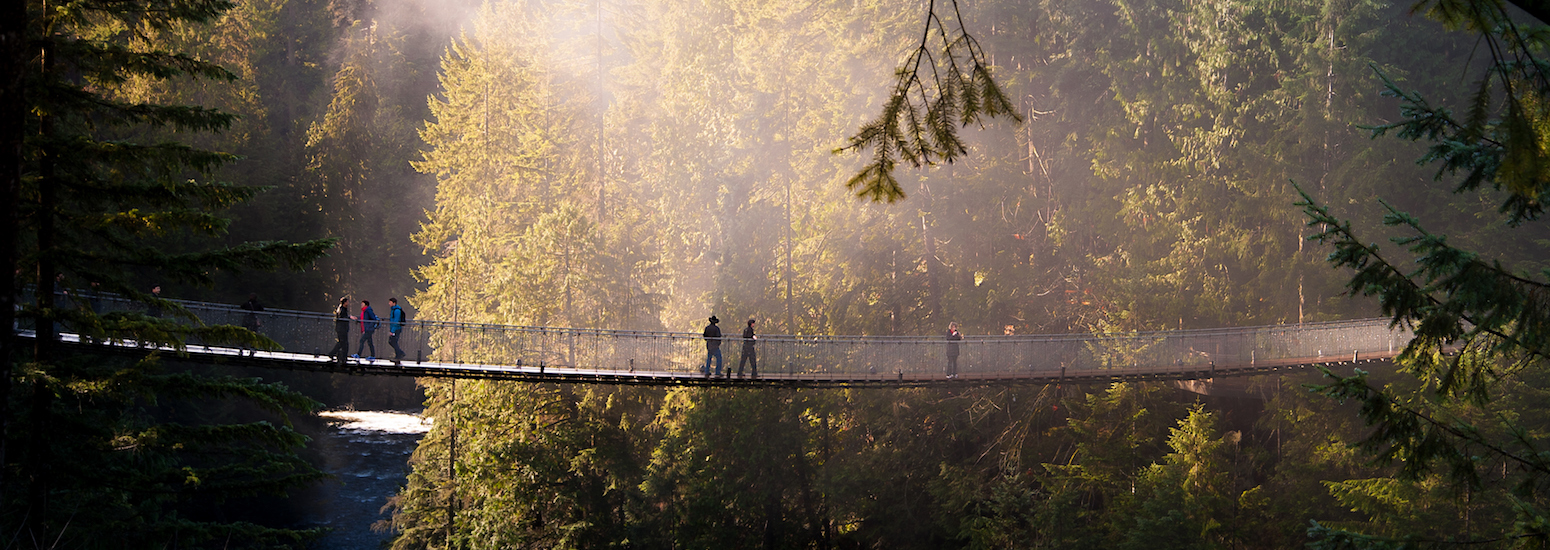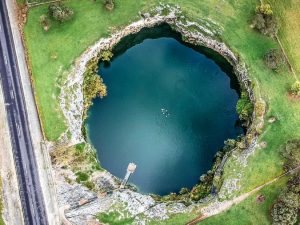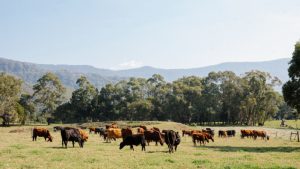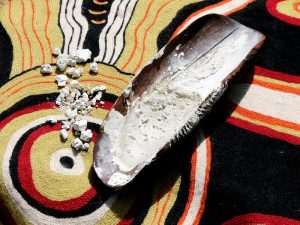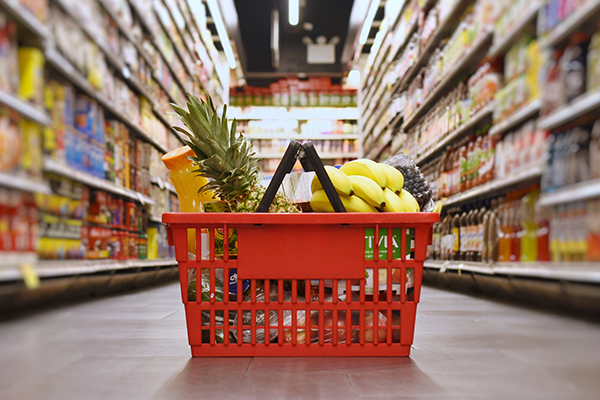Sara Awamleh says wearing a hijab makes her feel empowered.
“The hijab is a part of me where I feel powerful and confident because I am 100 per cent myself. It allows me to be who I am and the freedom to dress as I want.”
A professional fashion designer in Melbourne, Ms Awamleh has been working to normalise the wearing of hijabs and “modest” fashion.
She said dressing modestly was not just for Muslim women.
Ms Awamleh’s work has featured at various fashion shows, including Melbourne Fashion Week, and she said she was often the only designer who specialised in hijab and modest fashion.
She said there needed “to be more conversations” in the fashion industry addressing Islamophobia and tackling misconceptions.

She said once people knew how “special” the hijab was for Muslim women, it would help to end the stigma surrounding it.
Ms Awamleh added a rise in Islamophobia shouldn’t prevent a woman from wanting to wear a hijab.
“For me, it is a religious obligation, but it also represents my identity as a Muslim woman and a symbol of empowerment for women,” said Laura Abdul Fattah, an ambassador for World Hijab Day in Australia.
The day aims to show solidarity with women in hijab by giving people from all faiths and backgrounds the opportunity to have a first-hand experience of wearing a hijab.
According to World Hijab Day research carried out in Europe, the US and Australia, 71 per cent of women who wear hijabs have experienced discrimination.
“It’s about creating awareness and the meaning of hijab, while providing a chance for people to listen to the experiences of Muslim women,” Ms Abdul Fattah said.
Rania Shafiq, 48, converted to Islam when she was 16.
After travelling to Indonesia and Malaysia when she was younger, she said she realised that Islam was a “beautiful” religion she wanted to be a part of.
But Ms Shafiq was “wary” about what other people might think of her, and took her time deciding whether she would wear the hijab.

Her family was initially hesitant but soon realised Ms Shafiq was the “same person”, who was “more comfortable” in herself.
Ms Shafiq lives in Alice Springs where there isn’t a very large Muslim community.
After the Christchurch attacks in New Zealand, her husband said it might be worth her considering taking off her hijab so she wouldn’t stand out.
“I said to him, I would never take it off, this is who I am, and I feel like it’s almost the opposite of being oppressed,” she said.
“It’s very liberating to actually not have to hide and be able to say ‘look, this is who I am’.”


 COVID-19 Around the World3 years ago
COVID-19 Around the World3 years ago
 Cuisine Explorer4 years ago
Cuisine Explorer4 years ago
 Arabic2 years ago
Arabic2 years ago
 Cantonese - Traditional Chinese4 years ago
Cantonese - Traditional Chinese4 years ago
 Tagalog4 years ago
Tagalog4 years ago
 Uncategorized4 years ago
Uncategorized4 years ago
 Uncategorized4 years ago
Uncategorized4 years ago





